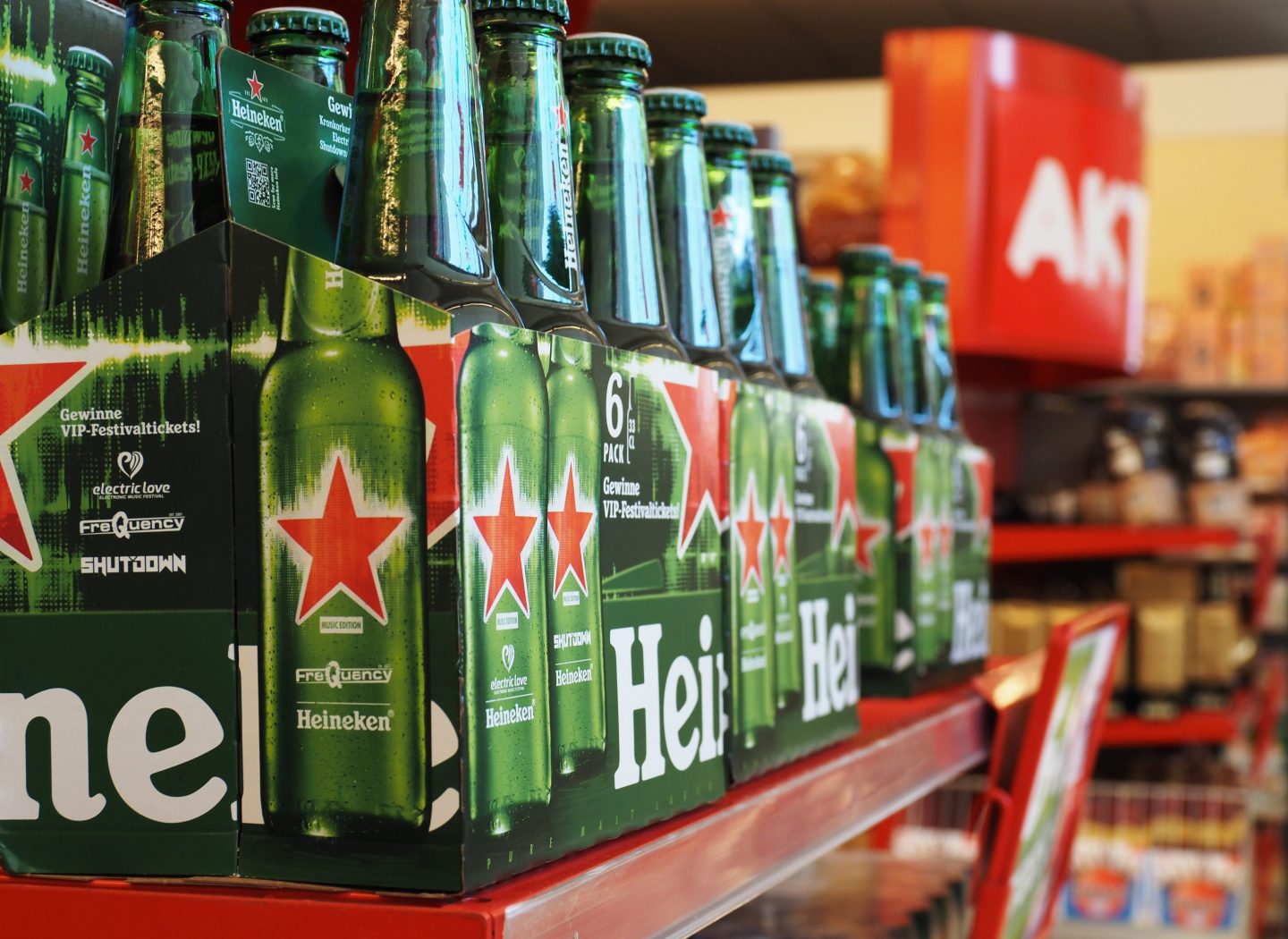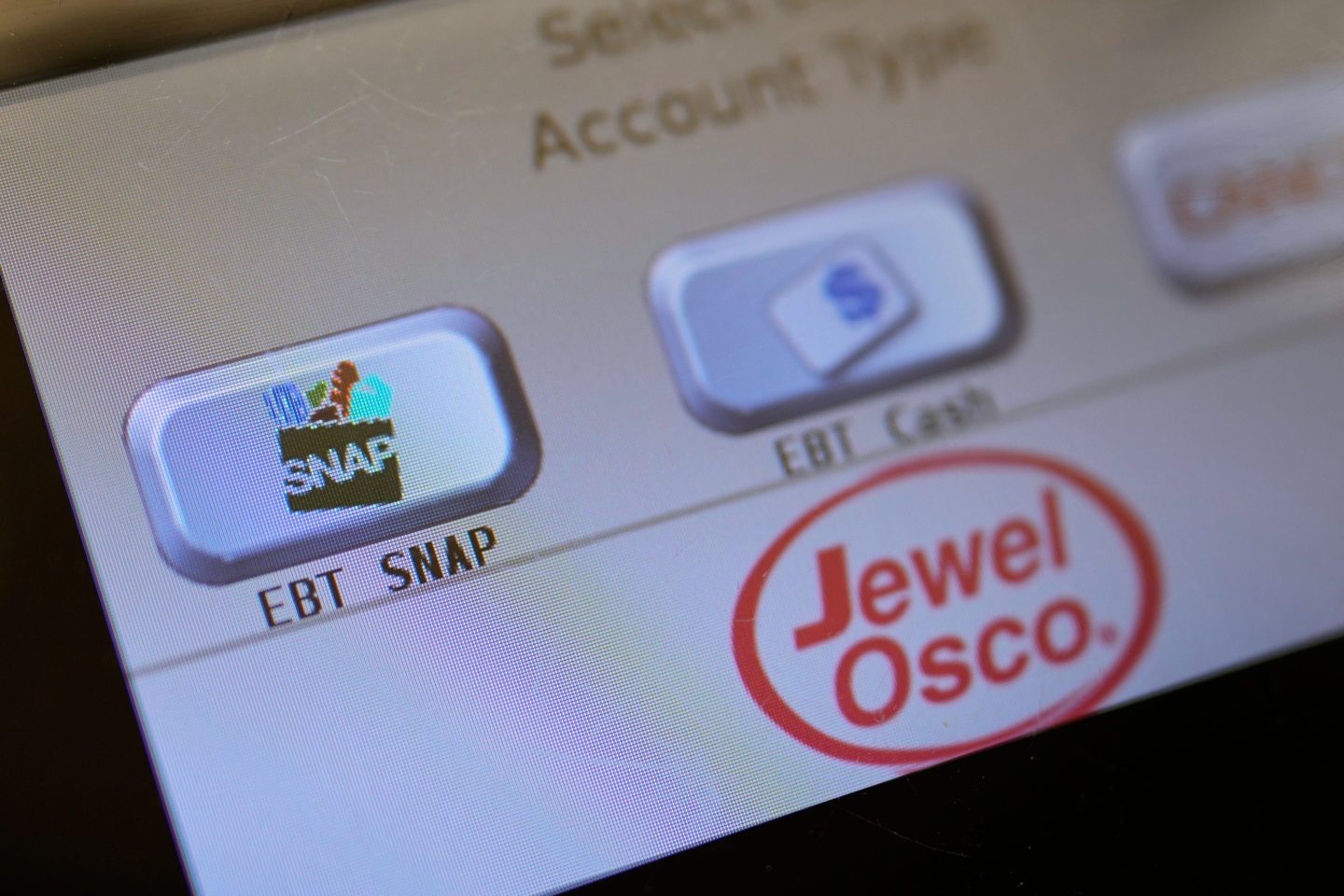Despite being a global giant, Heineken couldn’t escape the impact of inflation and rising energy expenses last year.
Attempting to offset mounting costs of production, the company raised the prices of its drinks, but consumers hit by their own price hikes turned to cheaper beer brands instead, leading to a 5.6% decline in overall beer volumes and a staggering 22% drop in operating profits for the first half of 2023 compared to the same period last year.
Heineken pointed to both price increases and a “challenging economic backdrop” as reasons for the lackluster results. The company implemented a nearly 13% price increase in response to surging input costs and shipping rates, affecting key Asian markets in particular.
CEO Dolf van den Brink acknowledged the impact of inflationary pressures in Europe but expressed surprise at the softer demand in the Asia Pacific region, attributing it to both an economic slowdown and underperformance in Vietnam.
“In Europe, the region with the highest inflationary impact, volume declined in line with our expectations, yet demand in APAC was considerably softer than foreseen,” he said.
As a result of the disappointing first-half earnings, Heineken has revised its full-year operating profit growth forecast from mid-to-high single digits to stable to mid-single digits.
However, analysts remain uncertain about whether Heineken can meet even the revised forecast. Citi analyst Simon Hales questioned the credibility of Heineken’s guidance in light of the recent results.
Where does that leave Heineken?
The Tiger and Amstel maker has invested heavily in advertising in recent times to attract more consumers to its premium and nonalcoholic beer segments.
Promisingly, consumers were continuing to switch to high-quality beers despite the high prices on all product categories, Van den Brink told the Financial Times.
Therefore, marketing to this set of consumers was a top priority for Heineken to expand its business, he said.
“We will continue to invest in marketing and sales to drive future growth,” a Heineken spokesperson told Fortune.
The company said that its premium brand segment was continuing to grow in markets other than Vietnam and Russia, where it has been awaiting approval to sell its business.
Despite the slump in the first half of the year, Van den Brink expects a turnaround in the latter half of the year as prices begin to cool.
Heineken predicts an “improved outlook in Vietnam and Nigeria, relative to the significant disruption in the first half,” which could propel its beer sales in the coming months.
What have other brewers done?
When Heineken announced that it would raise prices due to soaring costs of energy and ingredients in Europe, it wasn’t alone.
Other beer manufacturers, like Belgian brewer AB InBev, had already implemented price hikes earlier in 2022 to keep pace with inflation.
But in its case, the strategy to transfer costs to consumers resulted in higher earnings during the first few months of this year.
The world’s biggest brewer and maker of Budweiser and Stella Artois reported a 13.6% increase in profits year over year in May for the first quarter of 2023. It has not yet announced midyear or second-quarter results.
Chicago-based Molson Coors, maker of Coors beer, also profited from increasing prices and from the effect of consumers trading down for cheaper beer like the ones it makes.












